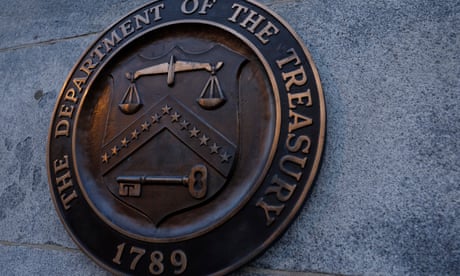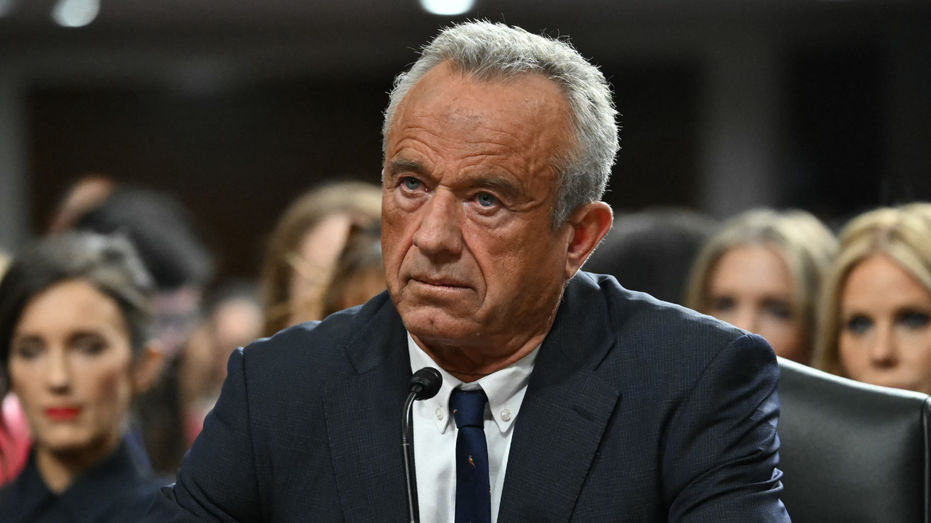- by foxnews
- 24 May 2025
What is the US debt ceiling and what will happen if it is not raised?
What is the US debt ceiling and what will happen if it is not raised?
- by theguardian
- 01 May 2023
- in politics

Here is more on the debt ceiling and what it means for the US government:
The debt ceiling is the limit on the amount of money the US government can borrow to pay for services, such as social security, Medicare and the military.
To borrow money, the US treasury issues securities, like US government bonds, that it will eventually pay back with interest. Once the US government hits its debt limit, the treasury cannot issue more securities, essentially stopping a key flow of money into the federal government.
Congress is in charge of setting the debt limit, which currently stands at $31.4tn. The debt ceiling has been raised 78 times since 1960, under both Democrat and Republican presidents. At times, the ceiling was briefly suspended and then reinstated at a higher limit, essentially a retroactive raising of the debt ceiling.
Investors would lose faith in the US dollar, causing the economy to weaken quickly. Job cuts would be imminent, and the US federal government would not have the means to continue all its services.
The US debt grows when the government is spending more money or when its revenue is lower.
During the 90s, the end of the cold war allowed the government to cut back on defense spending, and a booming economy led to higher tax revenues. But then, in the early 2000s, the dotcom bubble burst, leading to a recession. George W Bush cut taxes twice, in 2001 and 2003, and then the US military campaigns in Iraq and Afghanistan increased spending by as much as nearly $6tn over the course of the war.
When the 2008 Great Recession started, the government had to bulk up spending to bail out banks and increase social services as the unemployment rate hit 10%.
When the unemployment rate returned to its pre-recession levels, in 2017, a major tax cut was passed under Donald Trump. The debt rose by $7.8tn while he was in office.
The biggest chunk of US government spending goes to mandatory programs, such as social security, Medicaid and Medicare, which comprise nearly half of the overall annual budget. Military spending takes up the biggest chunk of discretionary spending, taking up 12% of the budget. Other big-ticket items include spending on education, employment training and services and benefits for US veterans.
On 26 April Republicans passed a bill in the House that would raise the debt ceiling by $1.5tn but mandated $4.8tn in spending cuts over a decade. Given the stakes, Democrats have refused to negotiate spending cuts over the debt ceiling. Lawmakers including Alexandria Ocasio-Cortez have argued that Republicans should bring forth spending cuts during budget negotiations, not over the debt ceiling.
Still, Republicans seem adamant on using the high-stakes timeline toward default to pressure Democrats into agreeing to spending cuts. They did this successfully in 2011, when Democrats agreed to spending cuts 72 hours before the government defaulted. This time around, with neither side budging, a continued stalemate could bring the US economy closer to disaster.
- by foxnews
- descember 09, 2016
Texas road construction unearths 'colossal' prehistoric remains of 'big ol' animals'
Archaeologists in Texas recently discovered prehistoric megafauna bones, including a giant ground sloth, during a highway project in Lubbock, according to officials.
read more





